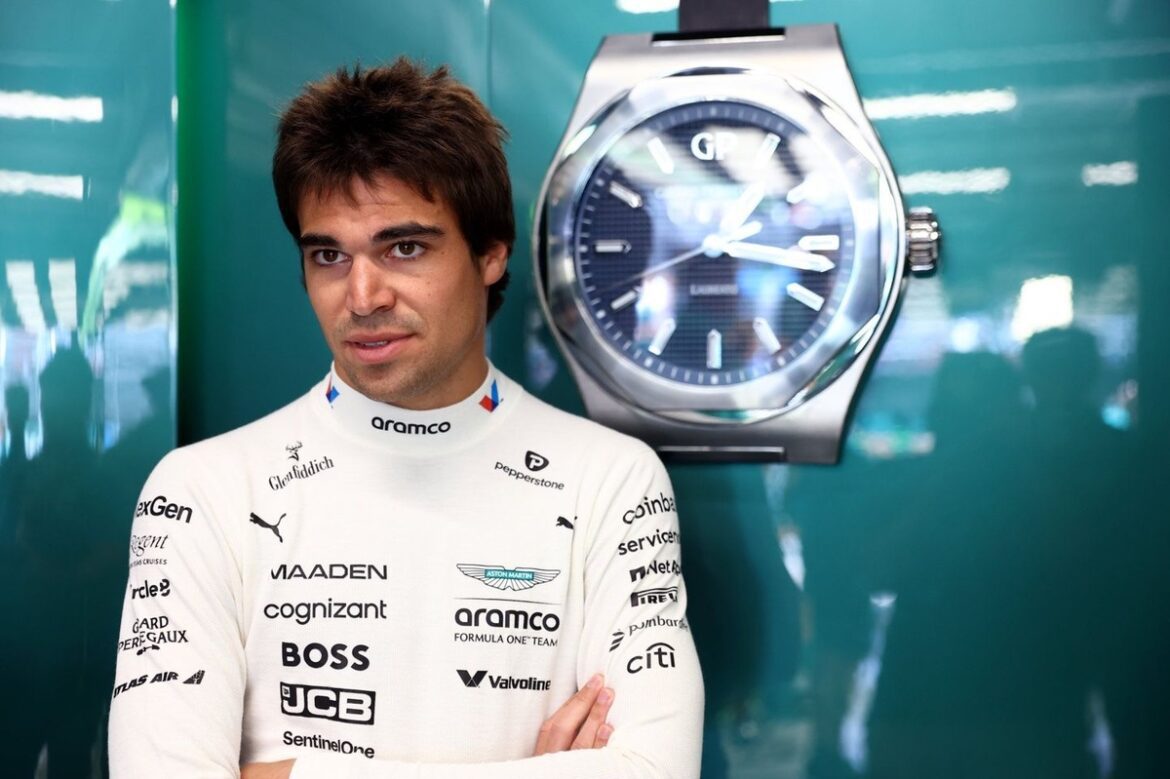Lance Stroll’s Withdrawal from the Spanish Grand Prix: A Closer Look
Aston Martin Formula 1 driver Lance Stroll recently made headlines by withdrawing from the Spanish Grand Prix. This decision came after he reported experiencing pain in his hand and wrist. The discomfort is believed to stem from a medical procedure related to a cycling accident that occurred just before the start of the 2023 F1 season. This article delves into the implications of Stroll’s withdrawal, the team’s available options, and the regulations that govern driver changes in Formula 1.
Understanding the Context of Stroll’s Injury
Lance Stroll’s situation is not just a sudden occurrence; it has developed over time. In the weeks leading up to the Spanish Grand Prix, he has been dealing with persistent pain in his hand and wrist. According to a statement from the Aston Martin team, Stroll’s medical consultant has indicated that these symptoms are likely linked to the procedure he underwent following his cycling accident. This kind of injury can be particularly concerning for a race car driver, as the ability to grip and control the steering wheel is crucial for performance on the track.
Timing of Withdrawal and Team Regulations
Stroll’s announcement came late on a Saturday evening, just after he had qualified for the race in 14th place. This timing raises significant questions regarding the team’s ability to find a replacement driver. Formula 1 regulations are quite strict about when a team can change its driver lineup during a race weekend. According to Article 32.1 of the sporting regulations, a team can utilize a maximum of four drivers throughout the season. However, changes cannot be made after the qualifying session during a standard grand prix weekend, which includes the event in Barcelona.
The Rules on Driver Replacement
The specifics of these regulations are outlined in Article 32.2, which details the conditions under which a driver change can occur. If a team wishes to substitute a driver, they must do so before the start of the qualifying session for a race without a sprint format. In instances where a sprint qualifying session is scheduled, the team must make any driver changes before the sprint qualifying session begins for drivers participating in the sprint or before the race qualifying session for those competing in the main event.
Additional provisions allow for changes due to "force majeure" events, which are typically unforeseen circumstances that prevent a driver from competing. However, given that Stroll’s injury had been developing over several weeks, Aston Martin may find it challenging to argue that this situation qualifies as force majeure for the immediate race.
Potential Alternatives for Aston Martin
While Aston Martin has a reserve driver available—Felipe Drugovich, the 2022 F2 champion—the team also has another option in Valtteri Bottas, who is a Mercedes reserve driver and has a wealth of experience, including ten Grand Prix victories. Despite these strong alternatives, the timing of Stroll’s withdrawal meant that the team could not implement a driver change for the Spanish Grand Prix, as the deadline for such a decision had already passed.
The Role of Medical Assessments
The decision to withdraw a driver is not merely a matter of strategic planning; it also involves medical assessments. In Stroll’s case, the team’s statement emphasized that his ongoing issues with pain had been monitored for several weeks. This acknowledgment raises concerns about the effectiveness of managing driver health and performance in the high-stakes environment of Formula 1. For a driver to compete effectively, they must be in peak physical condition, and any lingering injuries can severely affect their performance on the track.
Future Implications for Stroll and Aston Martin
Looking ahead, the situation may change for Stroll in the upcoming Canadian Grand Prix if his condition does not improve. The team could potentially make a case for a driver change based on his medical status, especially if the injury persists. The regulations allow for flexibility in such circumstances, but the burden of proof lies with the team to demonstrate that the situation warrants a change.
The Impact on Team Dynamics
Stroll’s withdrawal also has implications for the team dynamics within Aston Martin. Having a consistent driver lineup is crucial for a team’s performance and cohesion. Frequent changes can disrupt the team’s rhythm and affect the overall results. For a team like Aston Martin, which is striving to establish itself further in the competitive landscape of Formula 1, maintaining stability is essential.
Conclusion
Lance Stroll’s recent withdrawal from the Spanish Grand Prix sheds light on the intricate balance between driver health, team strategy, and regulatory frameworks in Formula 1. As Aston Martin navigates this challenging situation, the focus will undoubtedly be on Stroll’s recovery and the team’s ability to adapt in the face of adversity. The outcomes of such circumstances will not only impact the immediate race but also the broader trajectory of the team’s performance throughout the season.
